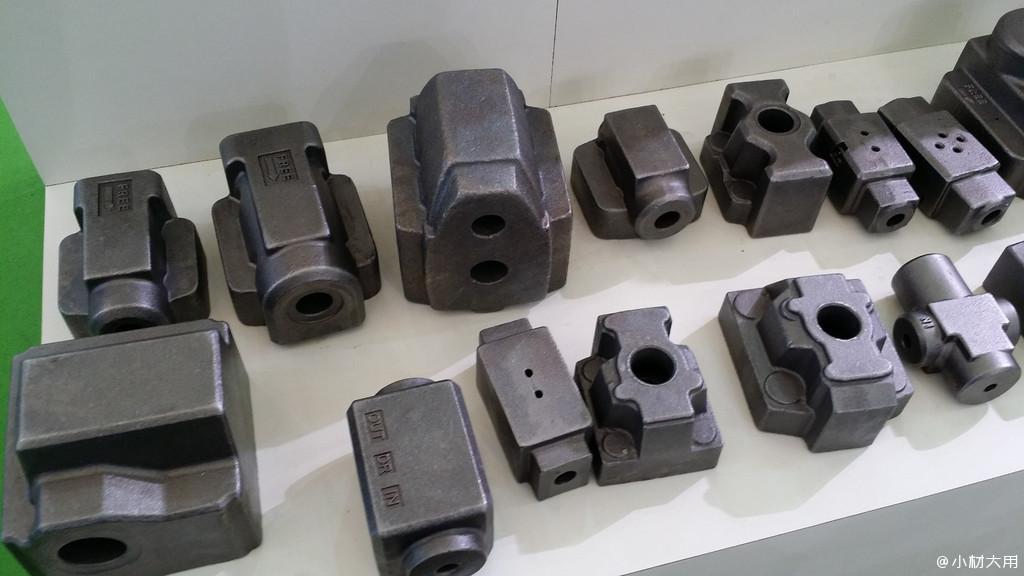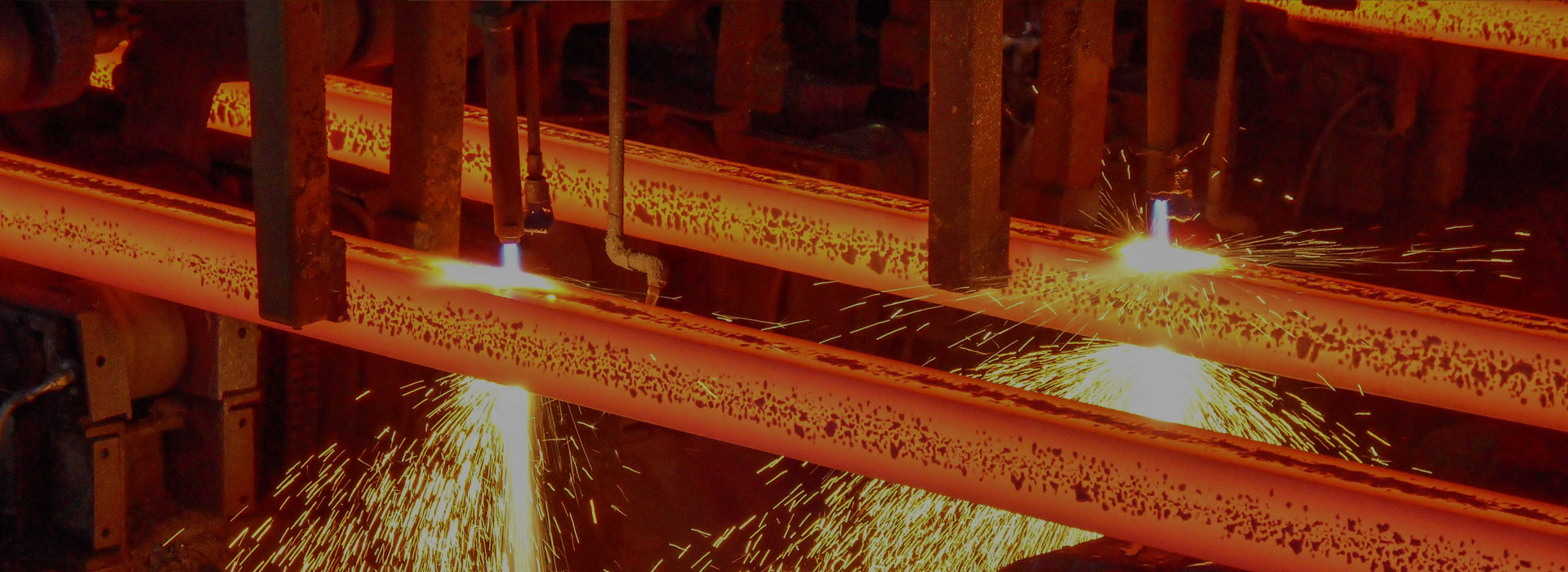The origin of ductile iron and the nodularized element
2025-03-10
The alloying of cast iron dates back to the 30s and 40s of the 20th century. The alloying treatment has made a qualitative leap in the performance of cast iron, and at the same time, some special cast irons such as wear resistance, corrosion resistance, and heat resistance have been born. It was also during this period that cast iron was created by gestation. In the late 40s of the 20th century, the inoculated spheroidal graphite cast iron replaced the ordinary flake graphite cast iron, which we call ductile iron.
Classification of spheroidized and antispheroidized elements
According to their spheroidizing effect, spheroidizing elements are generally divided into three groups.
Group I: Mg, y, Ce, La, Pr, Sm, Dy, Ho, Er.
Group 2: Ba, Li, cesium, rubidium, strontium, thorium, potassium, sodium.
Group III: aluminum, zinc, cadmium, tin.
The first group had the strongest spheroidization ability, the second group was the second, and the third group was the weakest.
When magnesium is used as a spheroidizing element, the third group of elements often produces antispheroidization.
Anti-nodularization elements: sulfur and oxygen are common anti-nodularization elements in cast iron, and ti, Al, B, As, Pb, Sn, Sb, Bi, Te, and Se are common anti-nodularization elements in molten iron.




